9 Epic RWD Cars That Make Renault Awesome

This is the all-new Renault Twingo. It’s rear-wheel drive, rear-engined and, despite not possessing the best interior in its class, is a cool little city car. But there is one thing - the Twingo cannot be drifted (until the inevitable RS version is with us, of course), which is why we thought it only fair to take a look at all of the RWD Renaults that you’ll all lust after…
1. Renault's Crazy Twin'Run Concept
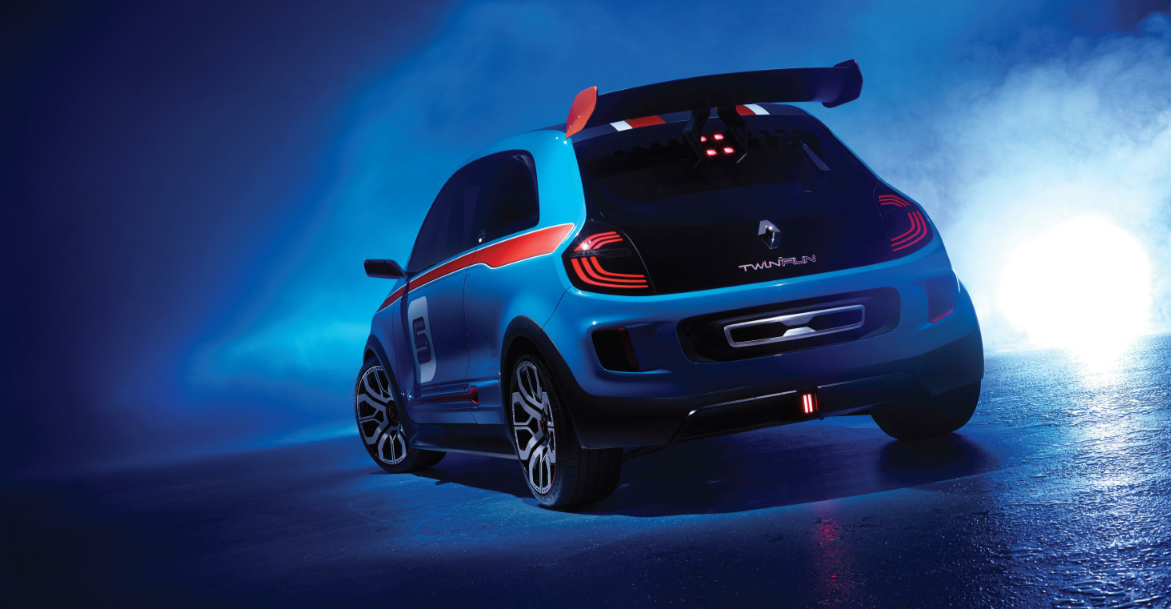
Designed as a high-octane hello to the new Twingo, the Twin’Run featured a mid-mounted 3.5-litre V6 engine (borrowed from a Megane race car) that powered the rear wheels. The concept produced 316bhp and 280lb ft of torque (giving the 950kg hatch a power-to-weight figure of 333bhp per tonne) and would launch to 62mph from standing in 4.5 seconds.
2. Renault 8 Gordini

The Renault 8 Gordini was a lightweight 60s child with a modest 1.1-litre engine, 89bhp power figure and four-speed close ratio manual gearbox. Later on in the same decade, a facelifted R8 Gordini was released. It featured a bigger 1255cc engine with 99bhp. As you can see from the image above, the Gordini was no stranger to a well-executed drift.
3. Renault 5 Turbo
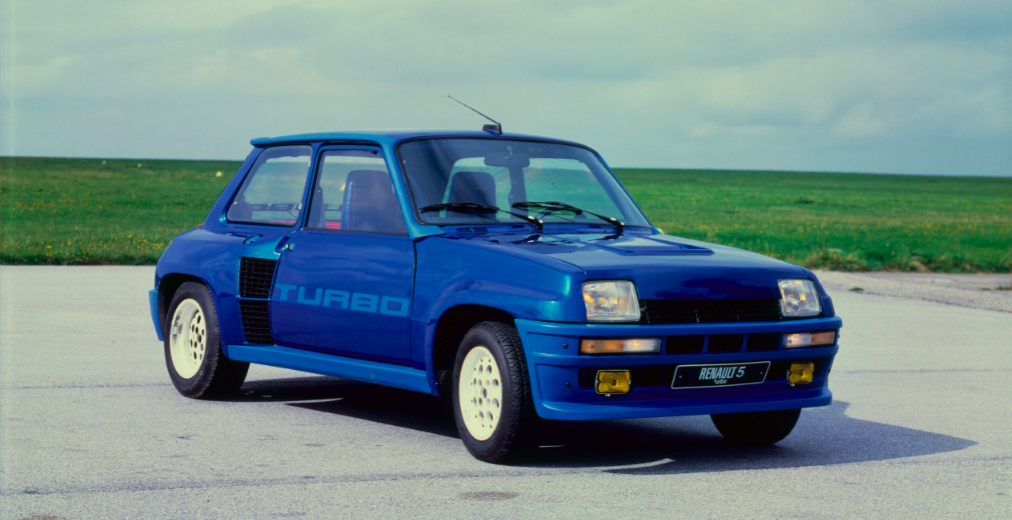
The Renault 5 Turbo is the ultimate hot hatch, the daddy of cool, and the car in this list that needs no introduction. Produced in the power-crazed 1980s, the rapid Renault featured a mid-mounted 1.4-litre turbocharged four-pot with 158bhp and 163lb ft of torque. It was designed to be a rally car for the roads and remains one of the coolest Renaults in history.
4. Renault Sport Spider
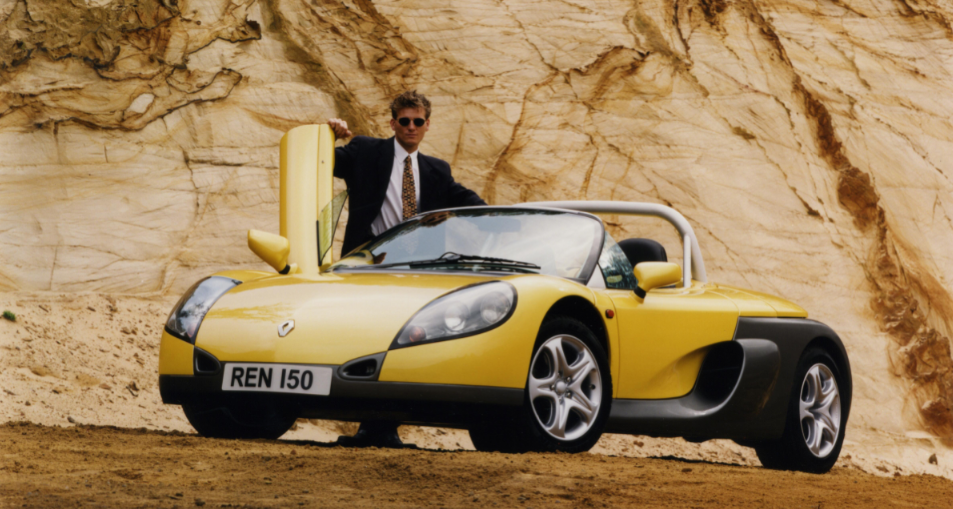
The Sport Spider was the creation of the French firm’s Renaultsport department and was produced in limited number. The idea behind the car was for it to be a proper driver’s roadster with an aluminium chassis, lightweight plastic body and a 148bhp 2.0-litre engine. The Spider was also used in motorsport and competed in its own one-make series in the 1990s. Used Sport Spiders are very thin on the ground, which is why prices tend to float at around the £20,000+ mark.
5. Renaultsport RS 0.1
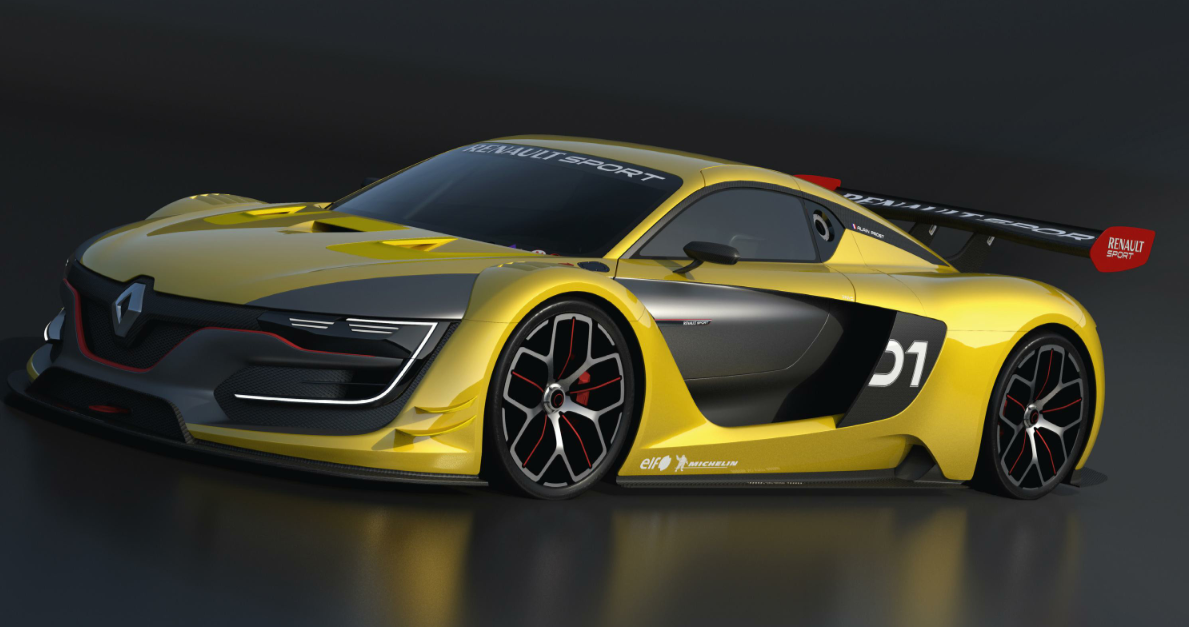
Massive power, insane aero and extensive use of carbonfibre make the Renaultsport RS 0.1 one of the most impressive RWD offerings from the brand so far. Fitted in the middle of the RS is a 3.8-litre twin-turbocharged V6 - the same lump you’ll find in the GT-R - with 493bhp. Thanks to a kerb weight of under 1100kgs, the car will top out at 186mph. Although the RS is not a production model, it will feature in the Renaultsport Trophy racing series from 2015.
6. Renault Twizy F1
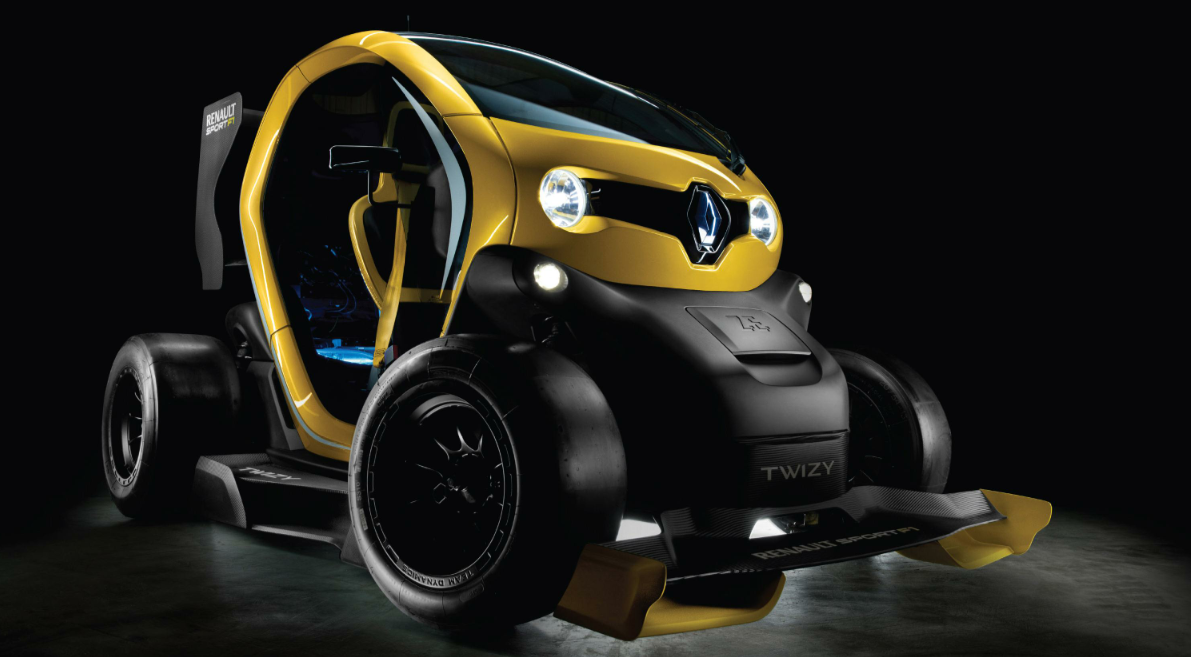
The award for the ‘second craziest RWD Renault’ goes to this, the electric Twizy F1. Thanks to F1 KERS technology - which gives the quadracycle a substantial 79bhp boost in power - the Twizy F1 launches to 62mph in 6.0 seconds ahead of its 68mph limit.
Along with a highly-tuned chassis, the F1 features a massive body kit, F1-inspired racing wheels and historic Renault F1 colours.
7. Renault Alpine A110
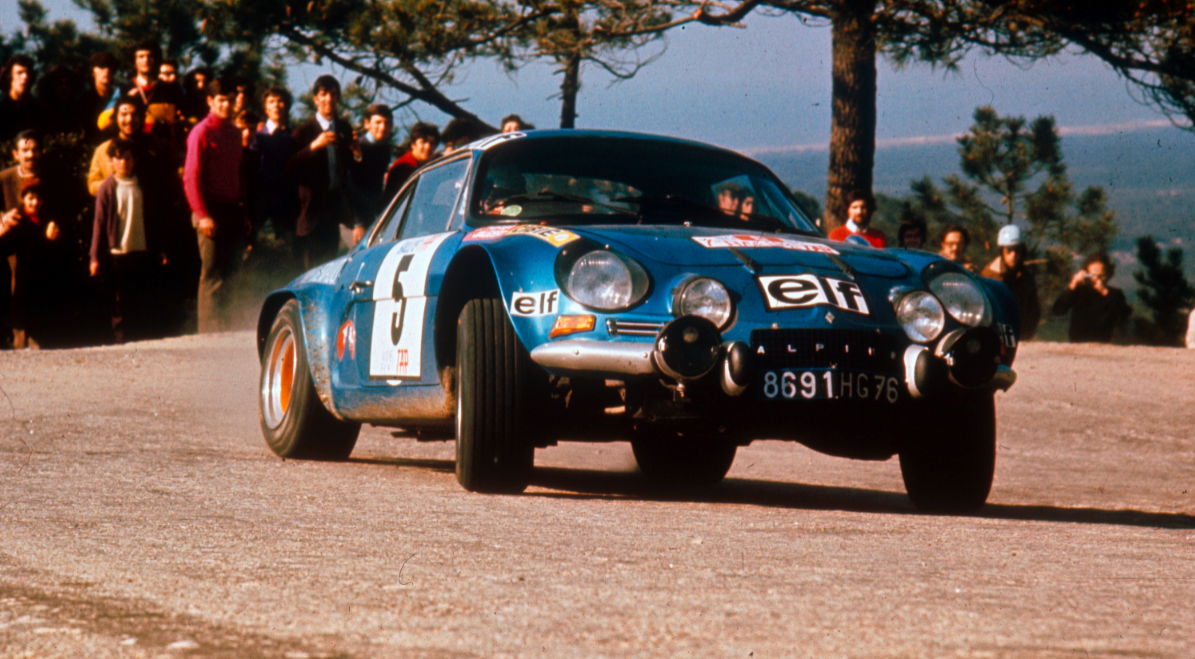
Arguably one of the prettiest cars to ever grace the rally stages, the Alpine A110 was produced between 1961 and 1977. Power for the rally-winning car came courtesy of Renault R8 Gordini engines. It had a kerb weight of just over 700kg and transferred its power to the rear wheels via a five-speed manual gearbox.
Now considered collectors’ items, Alpine A110s can fetch upwards of £40k.
8. Renaultsport Clio V6
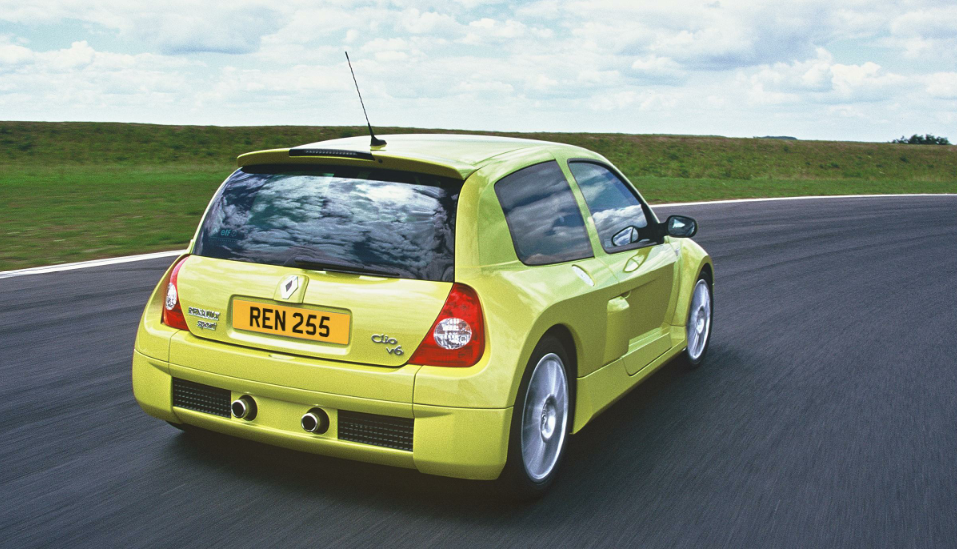
A modern hatchback pin-up car, the Clio V6 was, and still is terrifically raucous with a capital ‘R’. Situated behind the driver is a 3.0-litre V6 engine with 227bhp (the later Phase II car was uprated to 252bhp).
Thanks to its massive power (and despite putting on around 300kgs for the transfomation from FWD city-runner to RWD, mid-engined supercar beater), the V6 would launch to 62mph from standing in 6.2 seconds.
Phase II cars (2003-2005) were even heavier than before, but thanks to the aforementioned power hike were even faster to 62mph, taking just 5.9 seconds. Top speed was also increased from the Phase I’s 143mph to 153mph.
Clio V6s were prone to understeer when pushed, and were also known to oversteer violently when the driver got too cocky with the accelerator pedal. The Clio V6 is therefore a car that demands respect at all times, especially in the wet.
Used Clio V6s are quite hard to find and cost upwards of £12,000 for an early 2002 model. The more powerful Phase II cars cost considerably more, with prices starting at £20,000.
9. Renault Espace F1
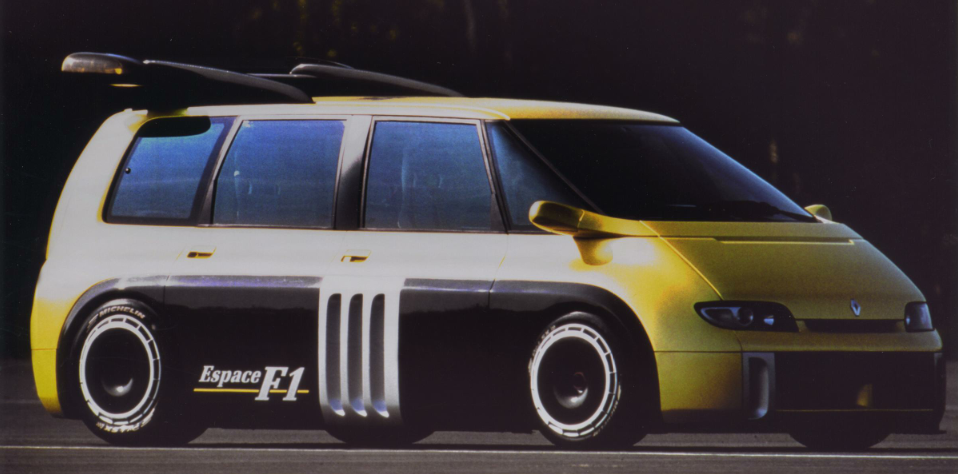
Here it is, the craziest RWD Renault ever created and definitely a case of saving the best until last. The Renault Espace F1 is the ultimate built-not-bought middle finger to everything that made the Espace boring - practicality, dull looks and a range of engines that failed to get a petrolhead’s heartbeat above 71bpm .
To combat this, and to celebrate 10 glorious years of Espace, the beserk F1 was born. Sharing almost no common parts with its production car counterpart - save for the Espace name and uninspiring styling - the F1 featured a lightweight F1 chassis onto which was bolted a tuned 3.5-litre V10 F1 race engine with no fewer than 800bhp.
The mid-engined F1 MPV sent its massive power to the rear wheels via a six-speed semi-automatic gearbox (the same used in the Williams FW15C F1 race car) and would launch from 0-62mph in a scarcely believable 2.8 seconds. The sprint from 0-124mph took 6.9 seconds and it had a top speed of 194mph.
With a huge turn of speed came the necessity for big brakes; luckily, the Espace F1’s large carbon ceramic stoppers enabled the F1 to scrub off velocity at an alarming rate. In fact, the F1 was known for being able to accelerate to 168mph, then to stop dead in the space of just 600 metres. Amazing.

Comments